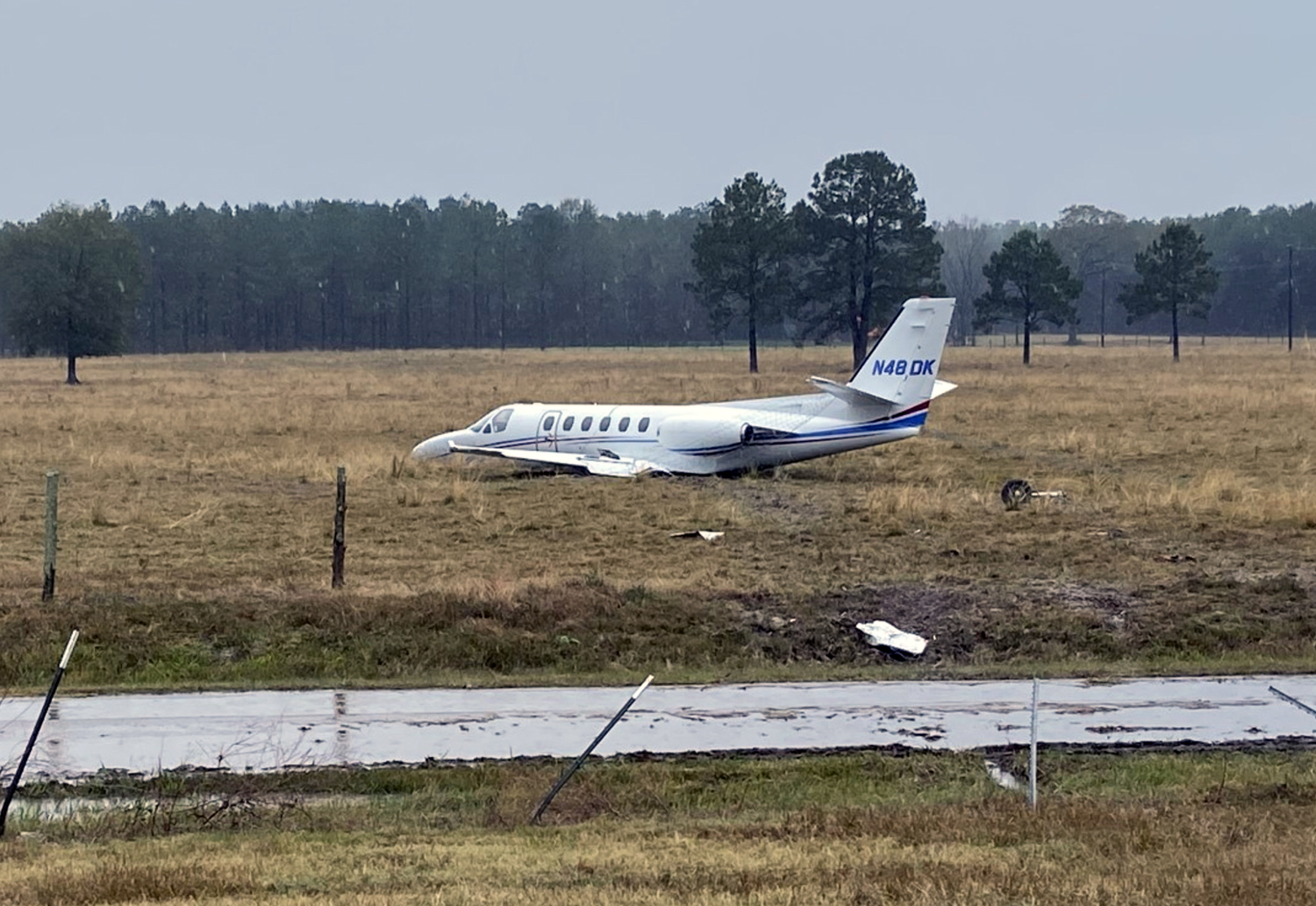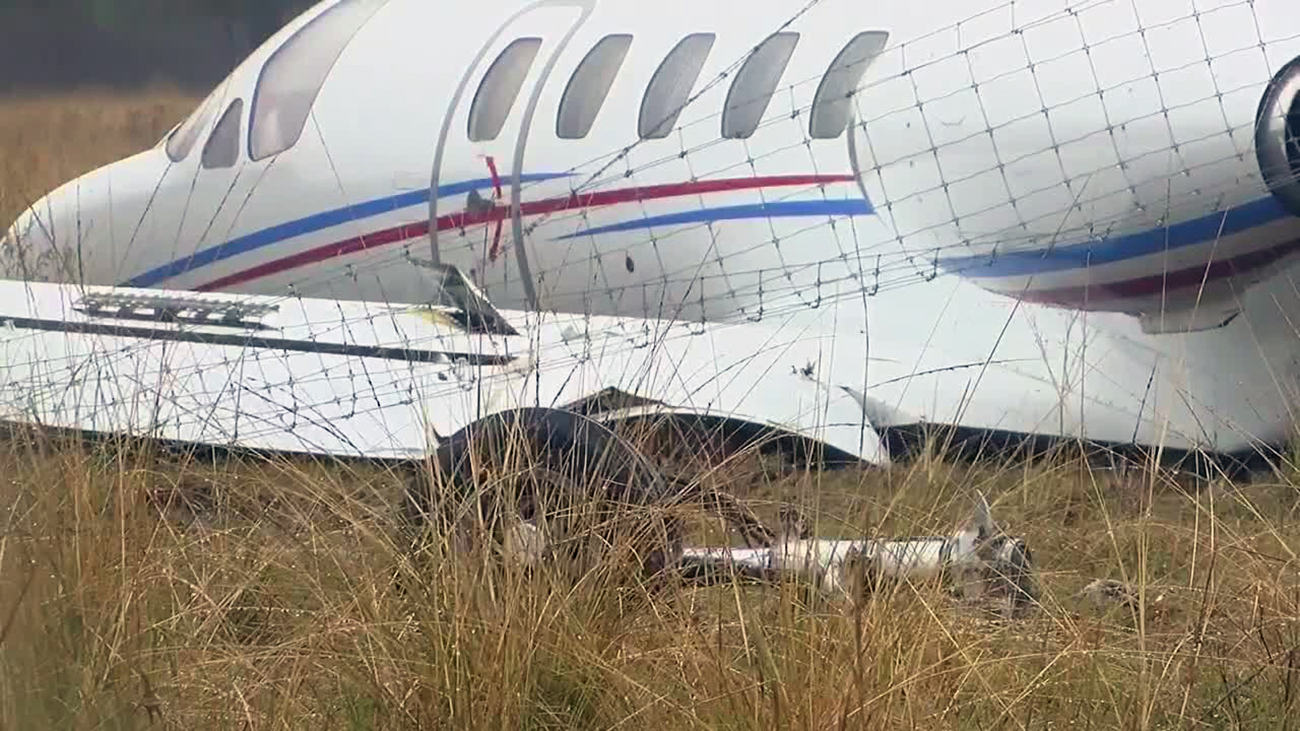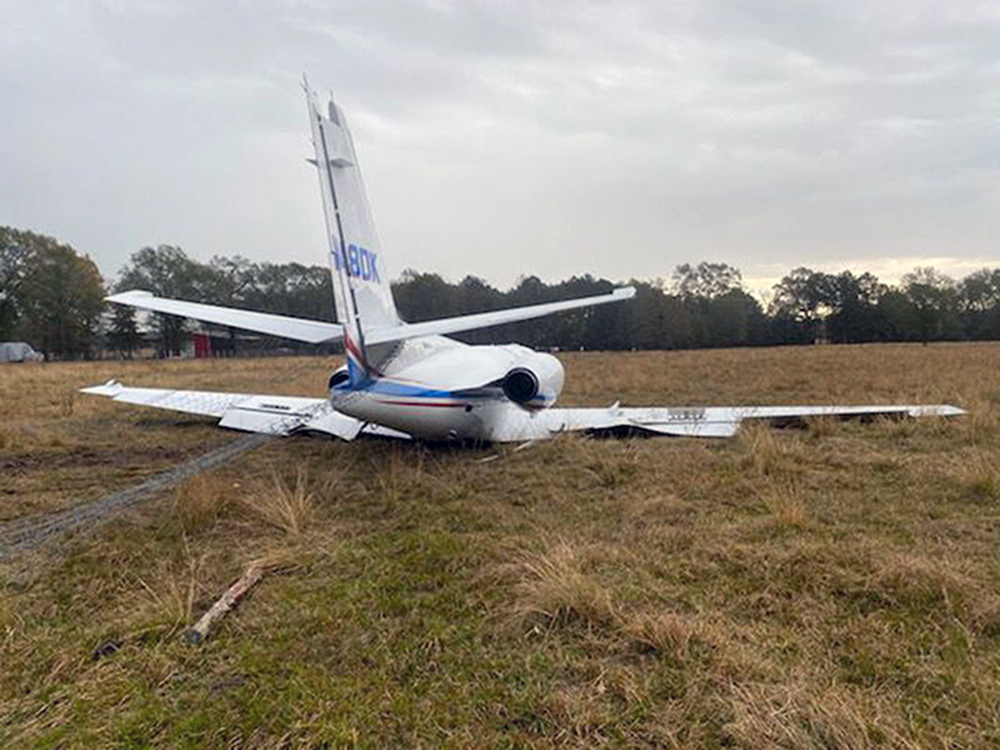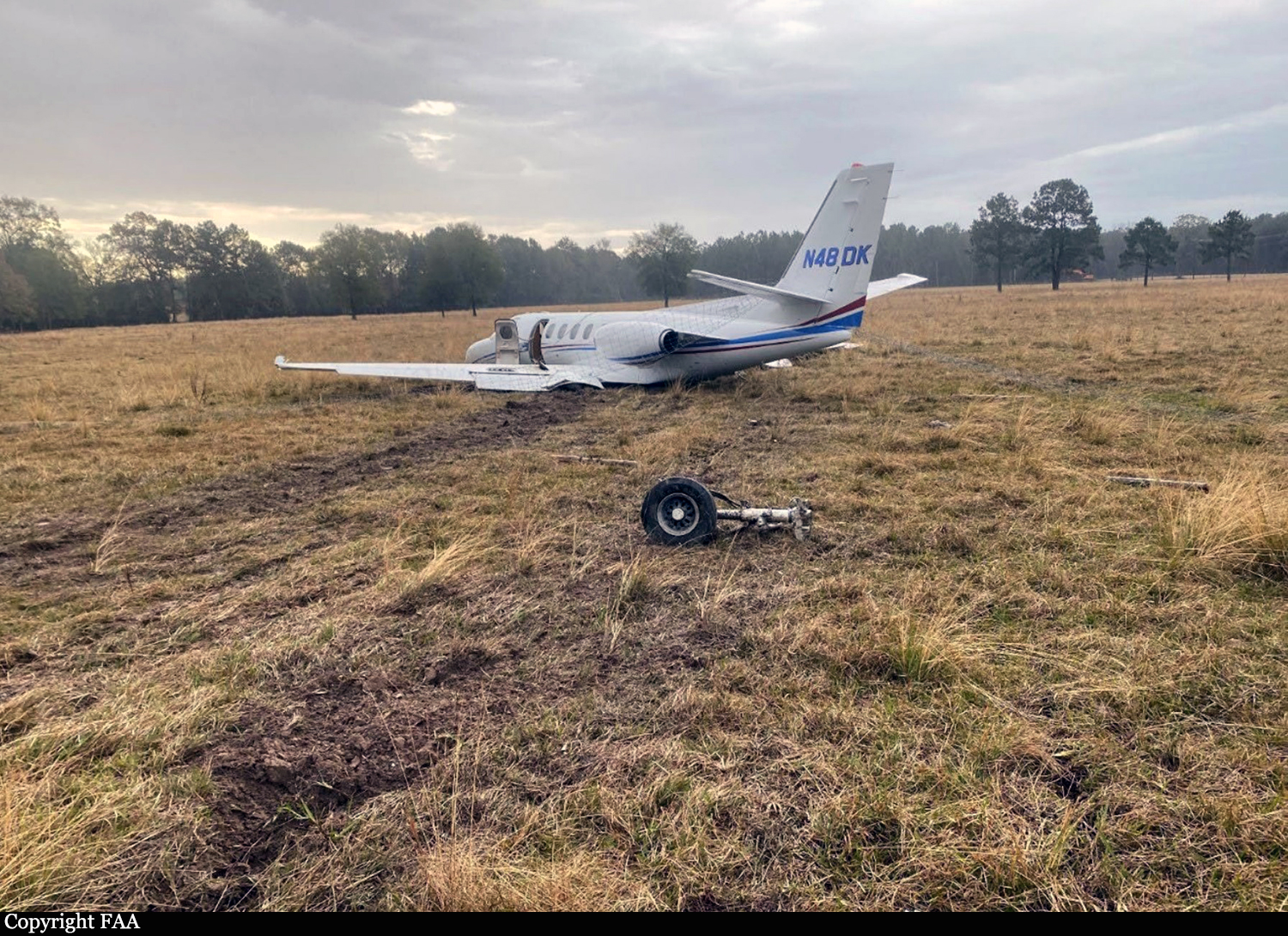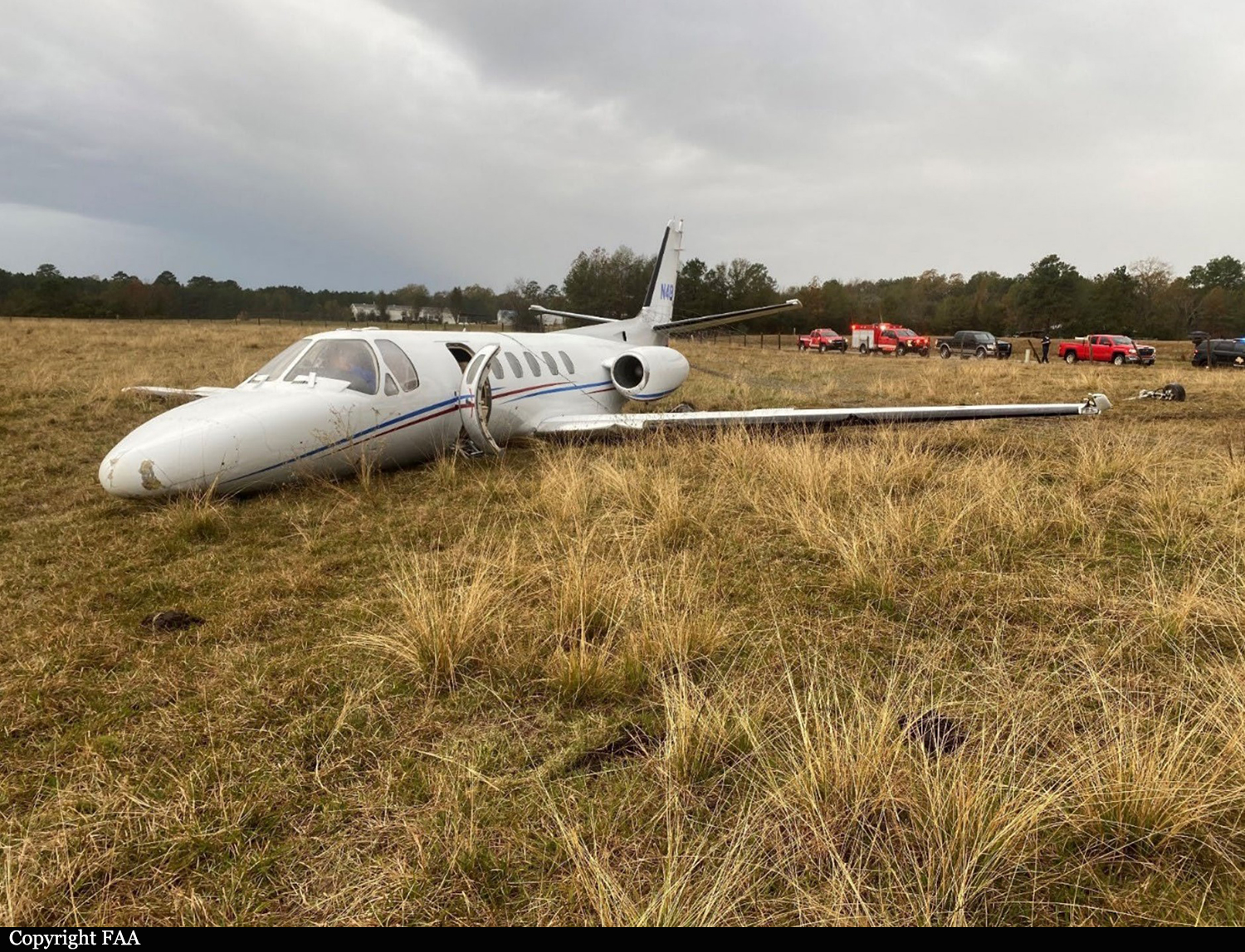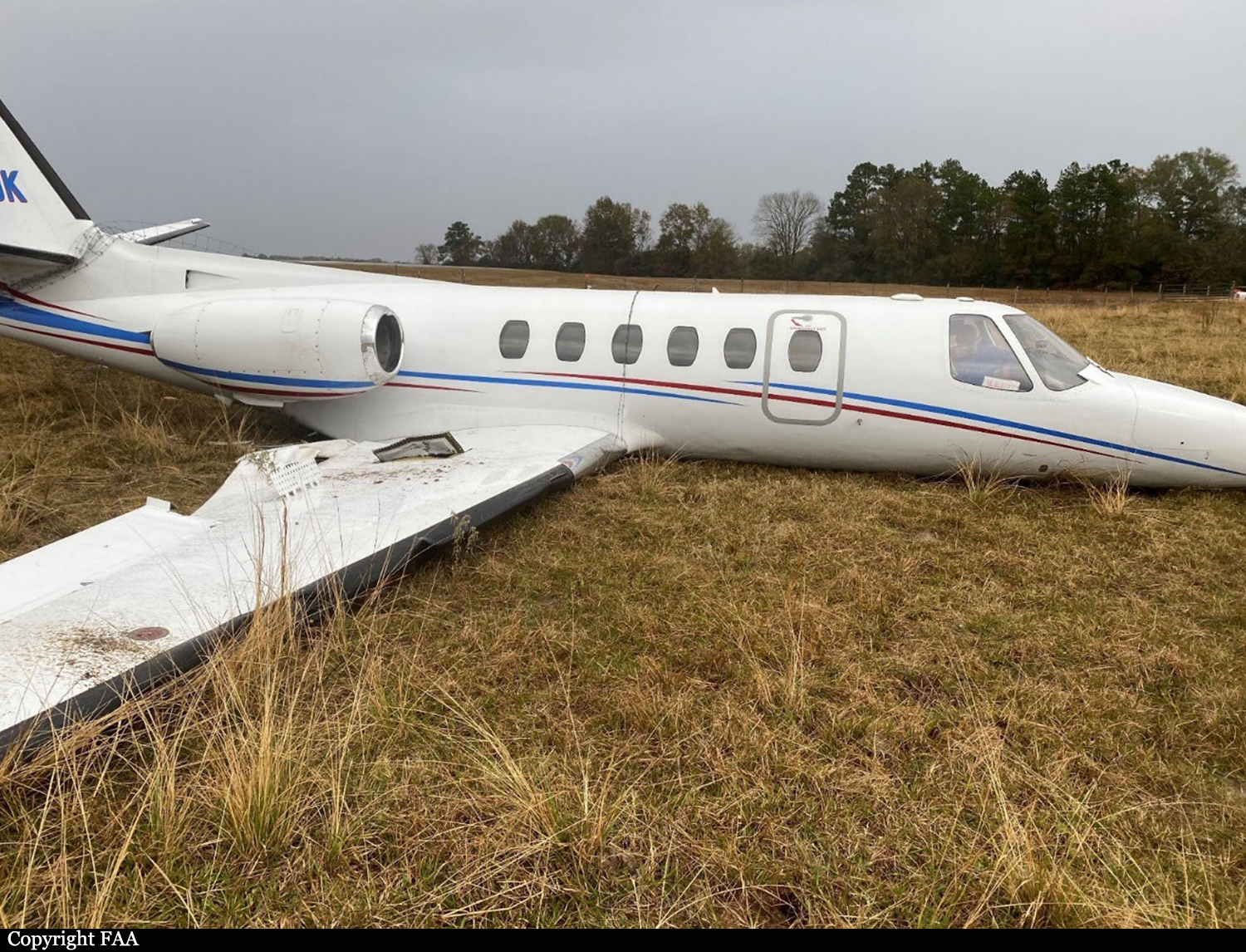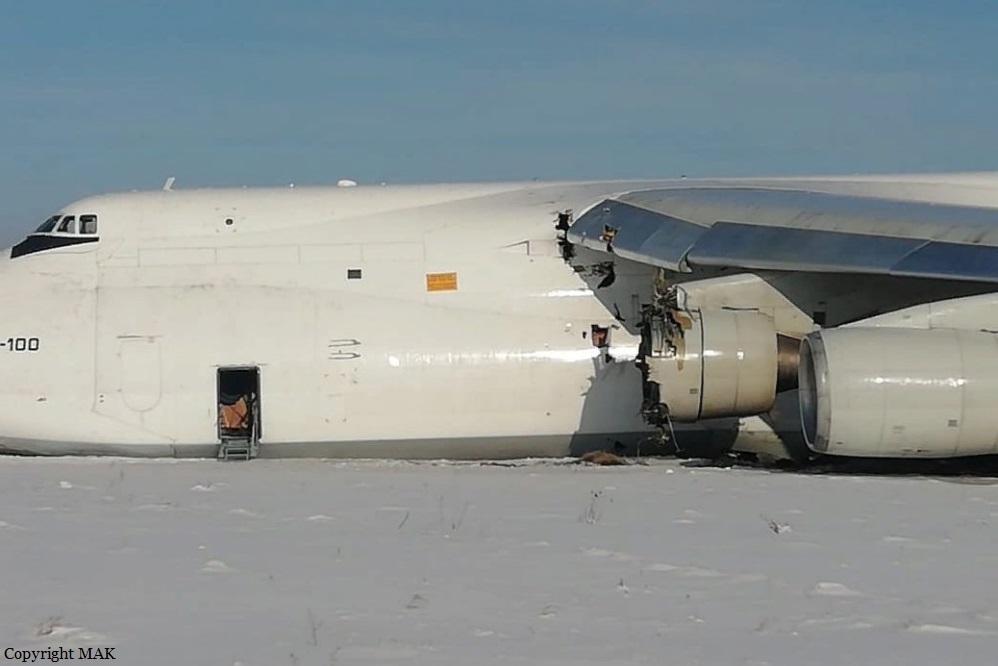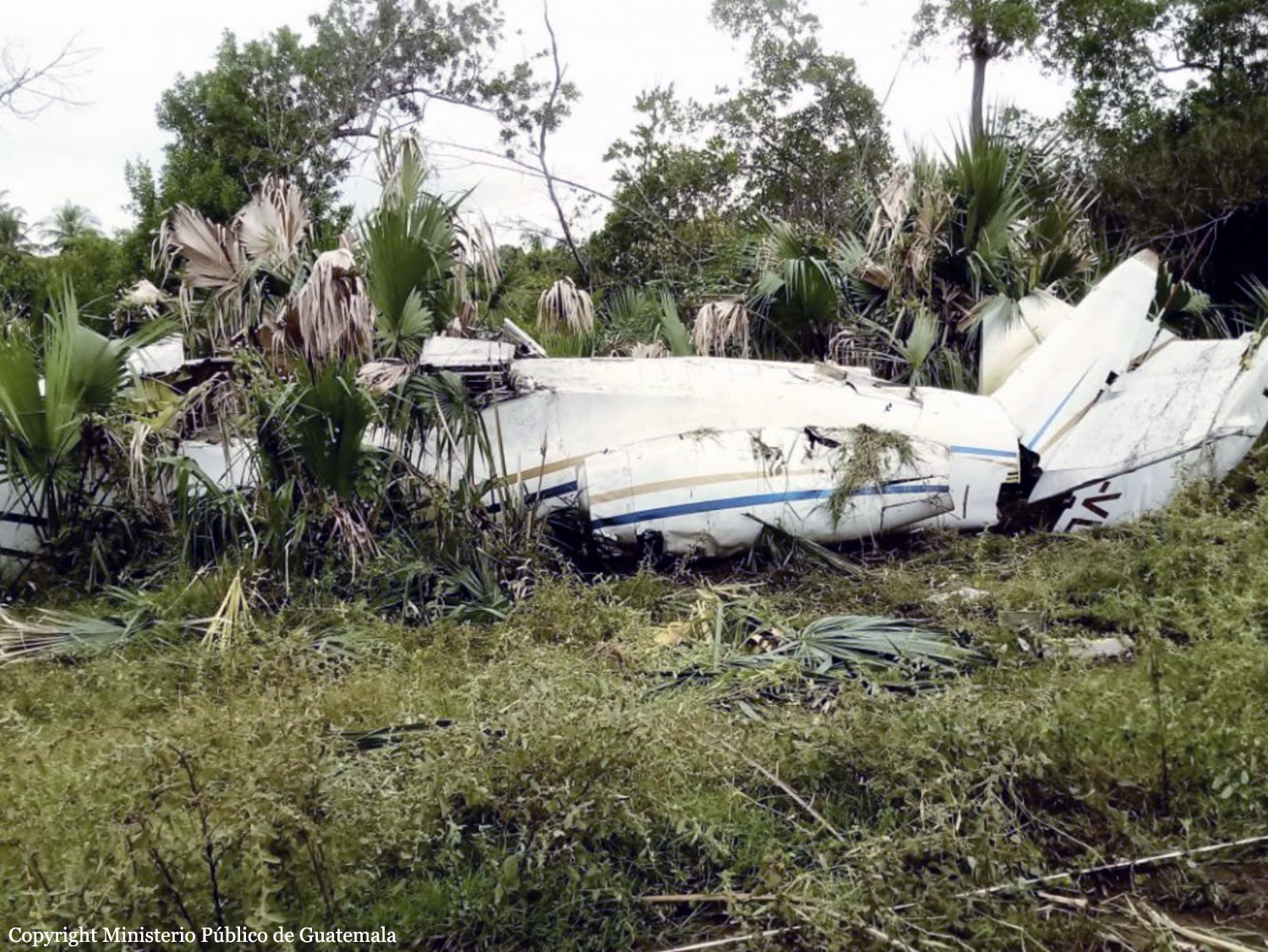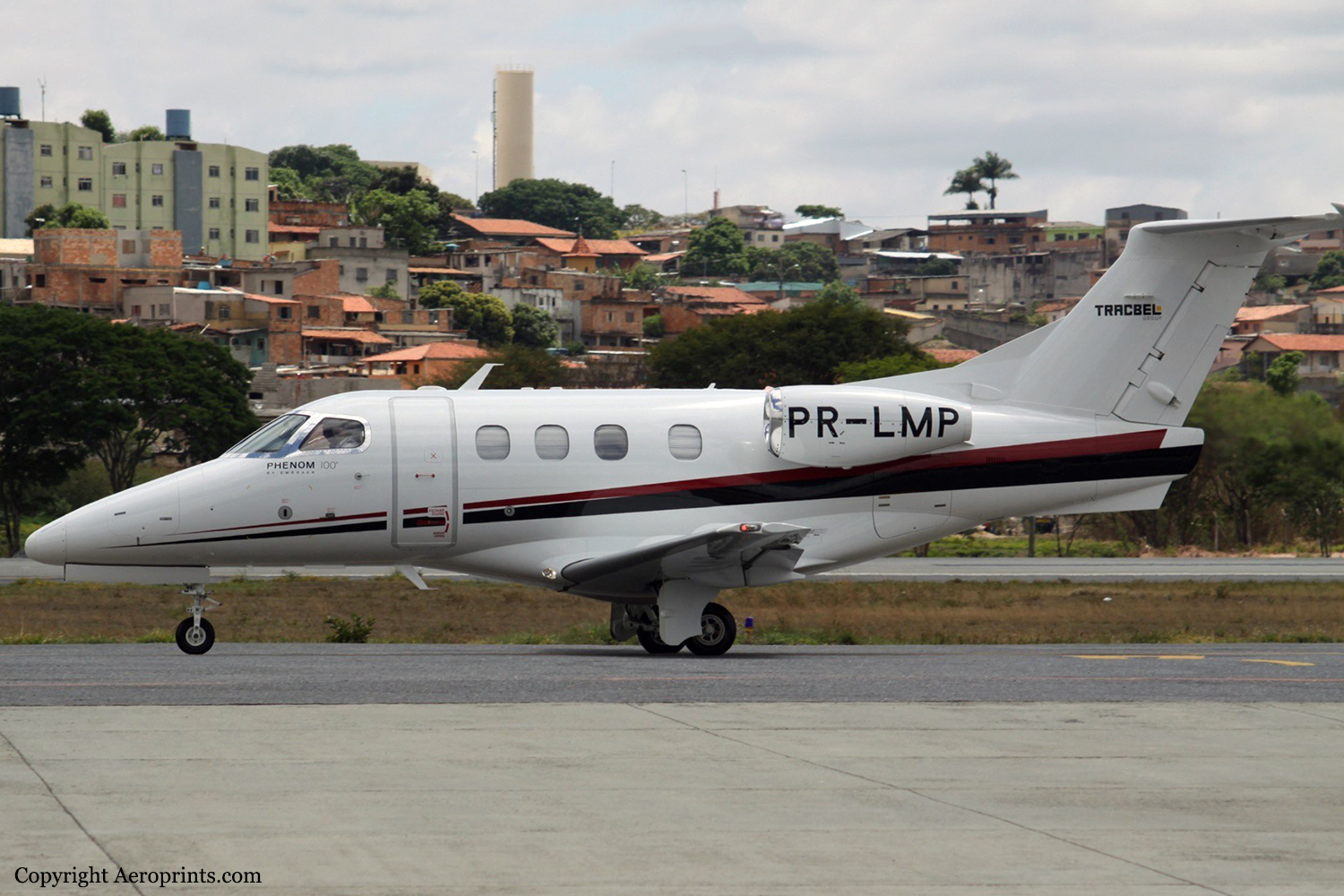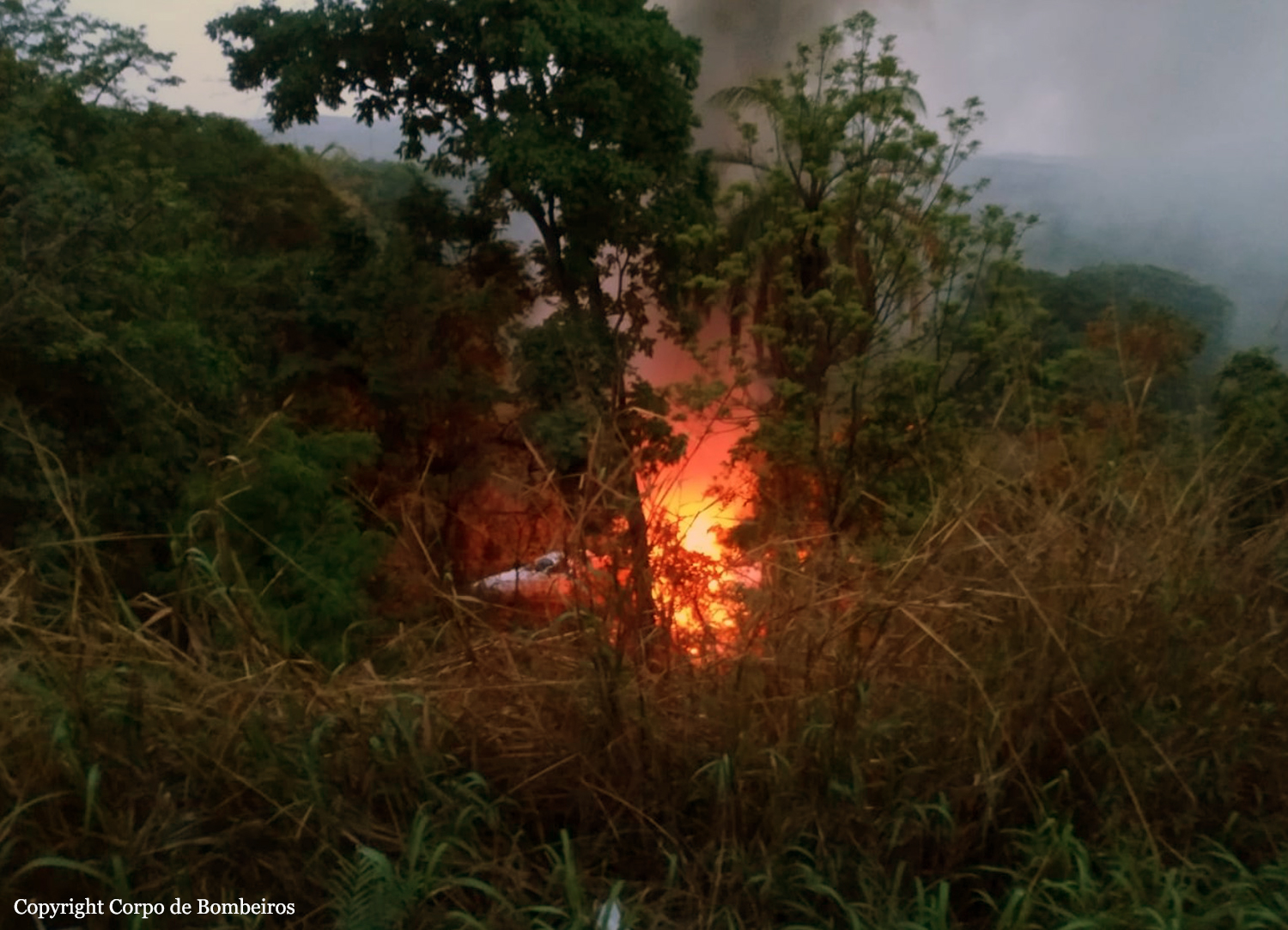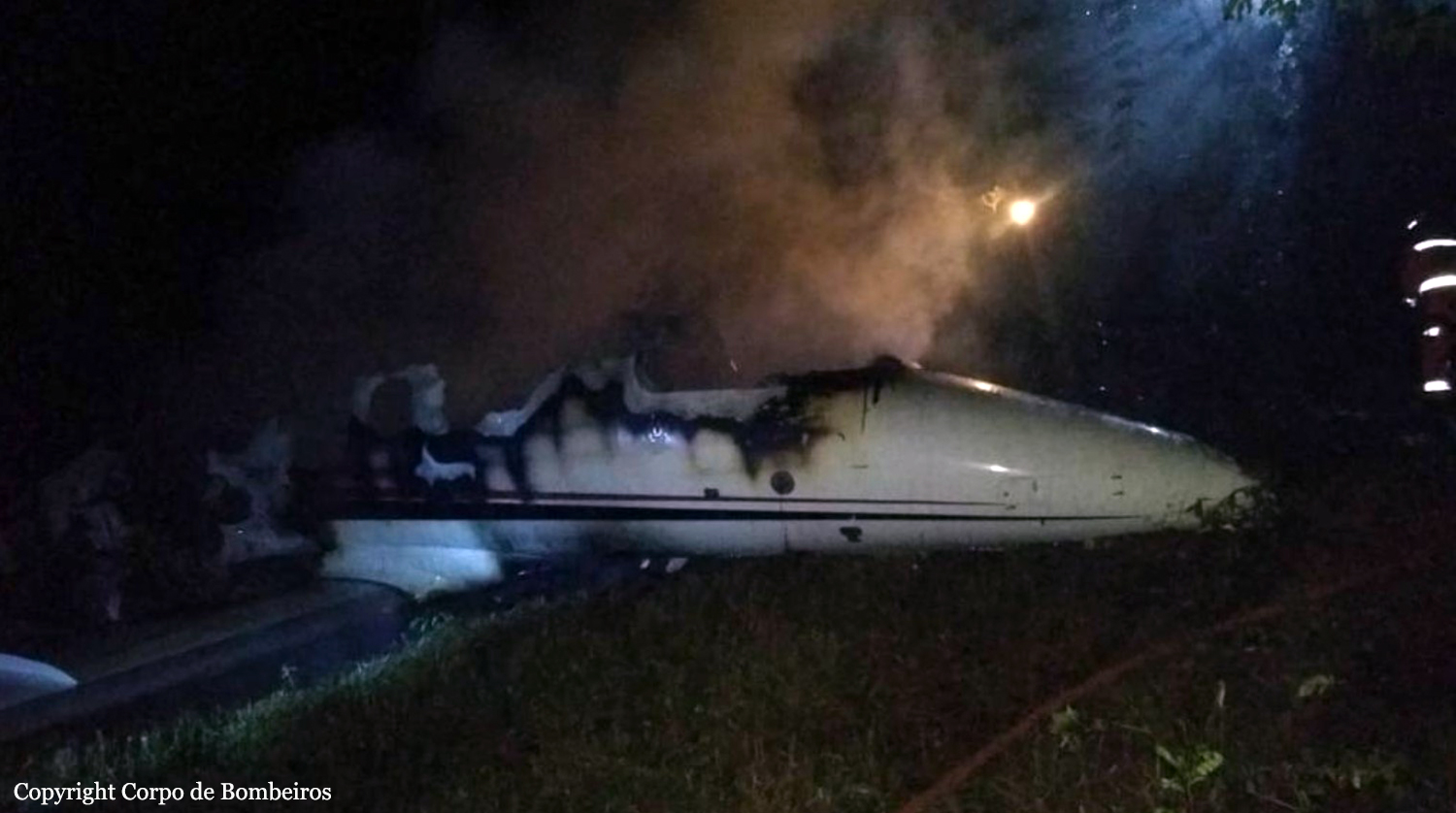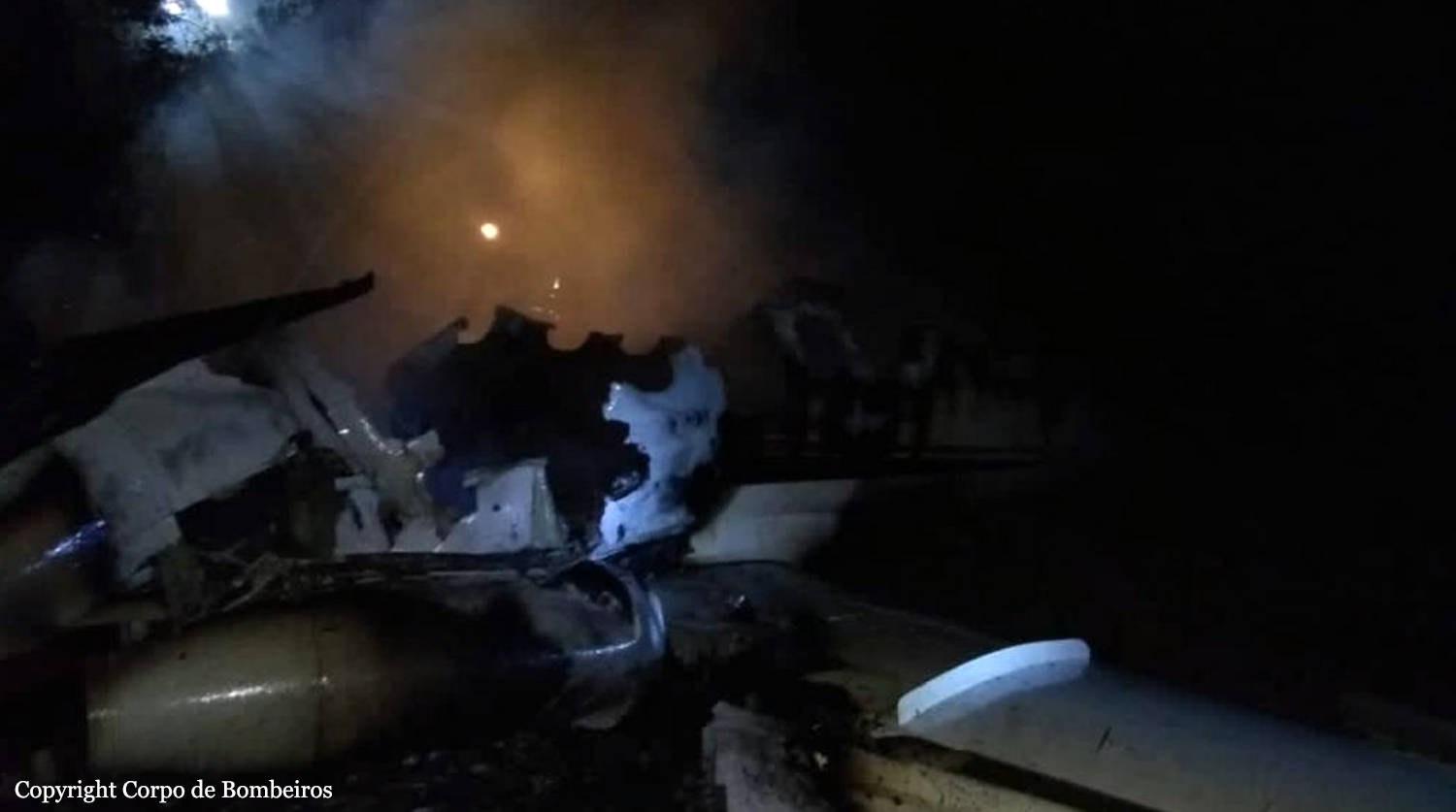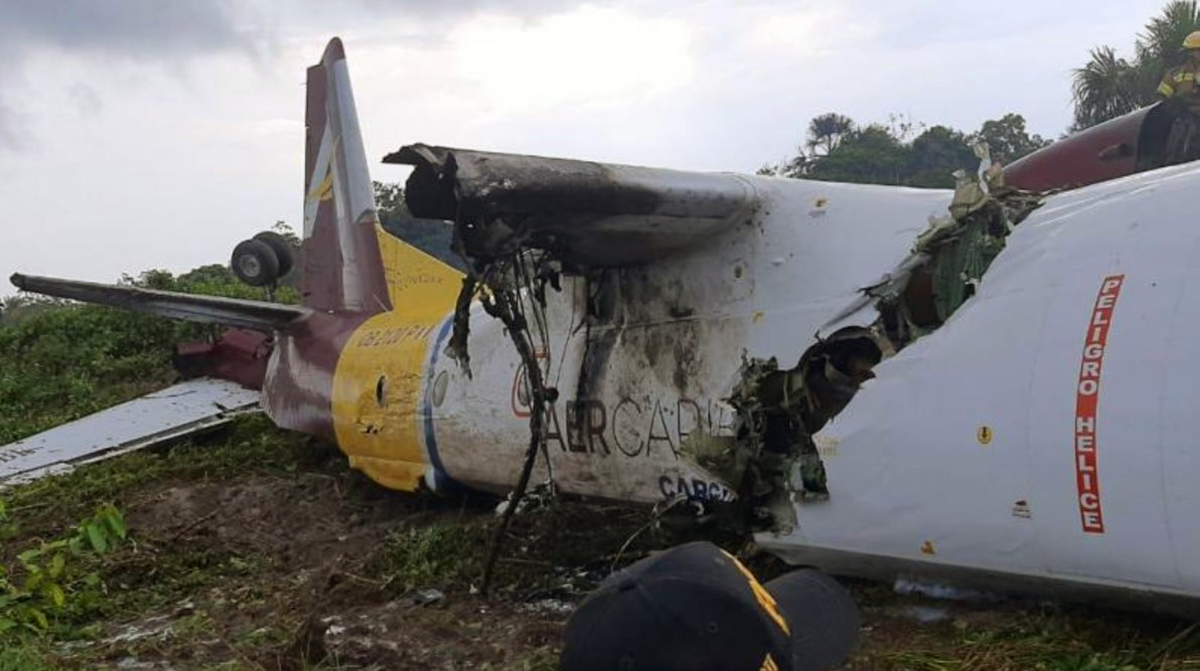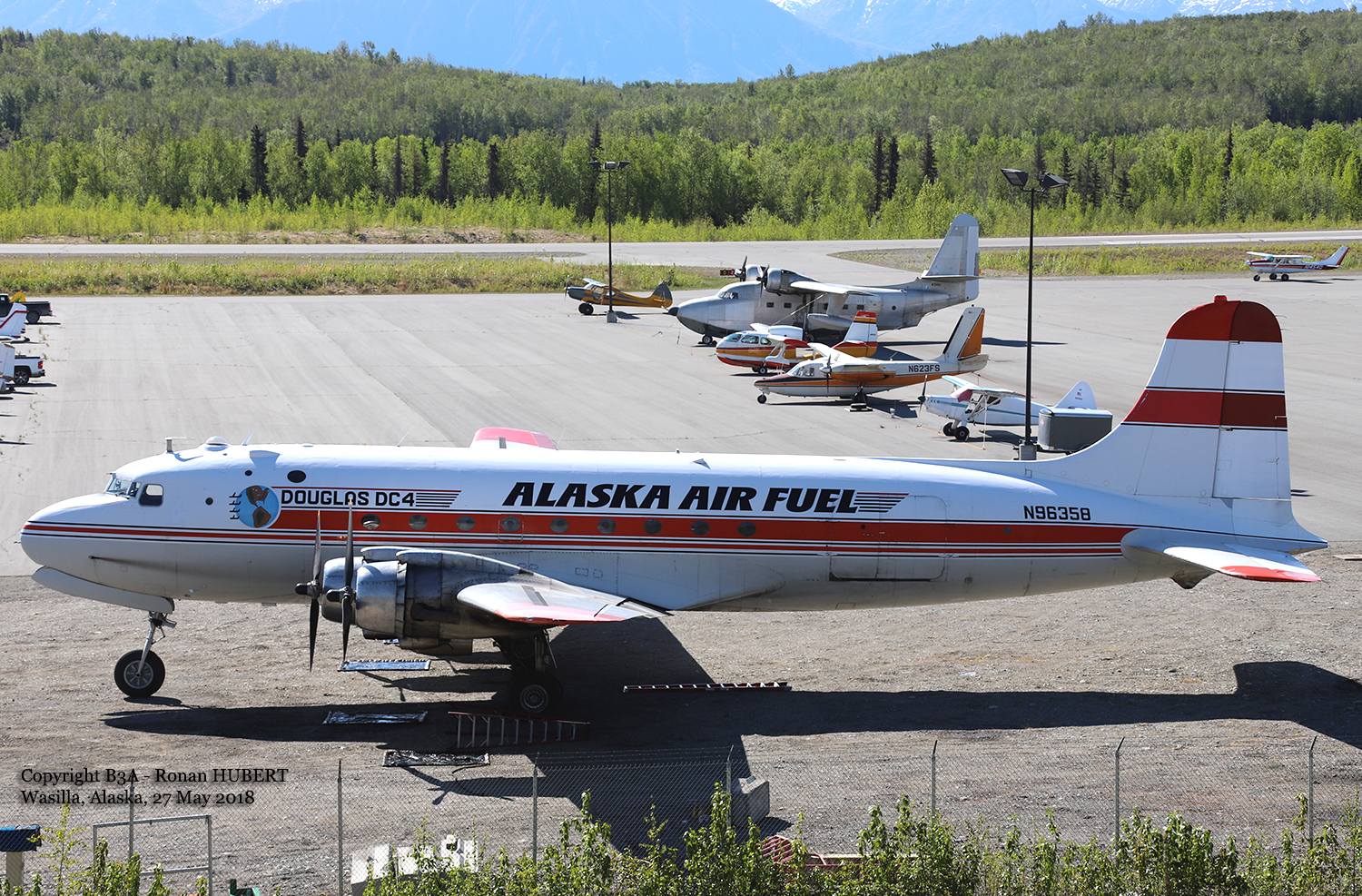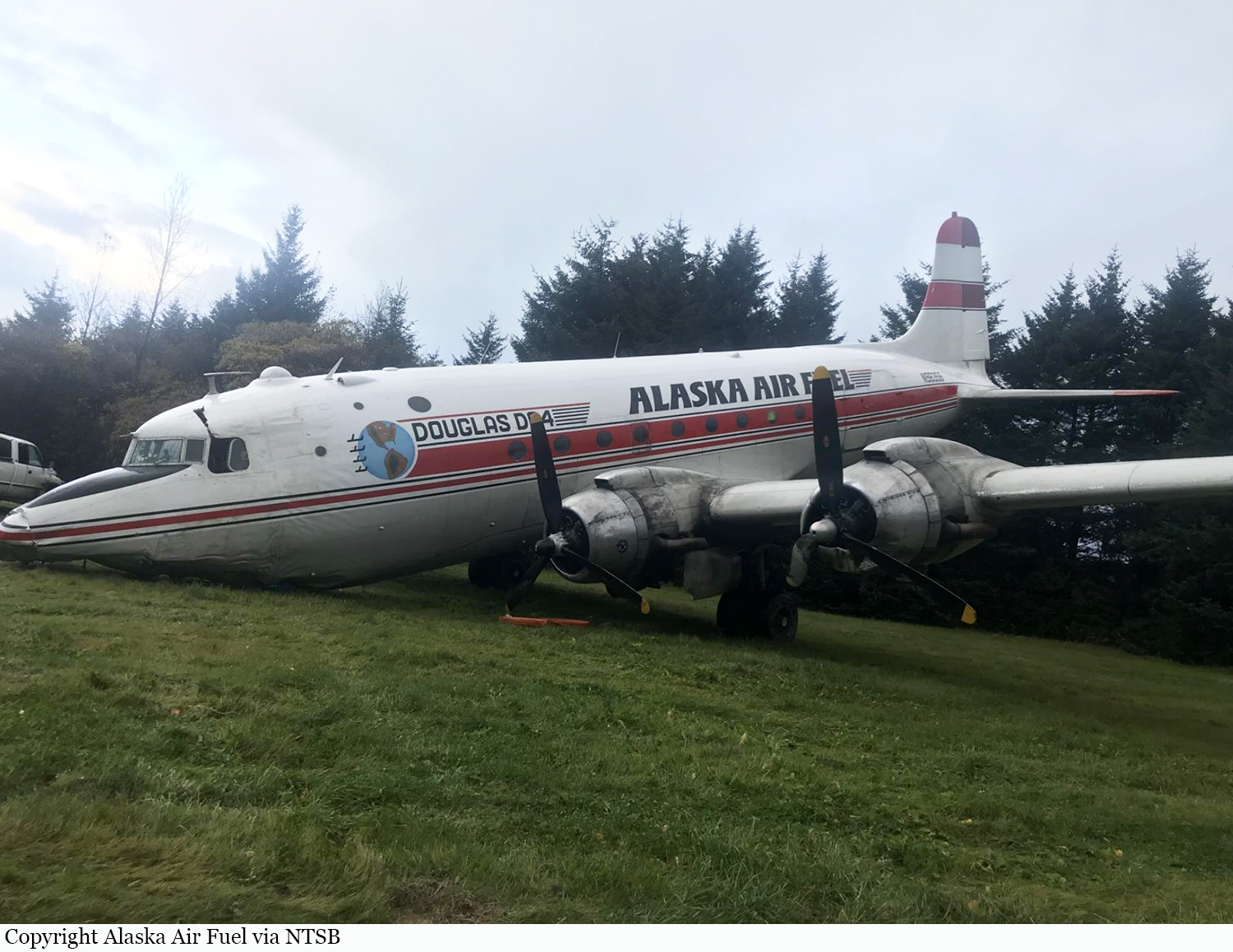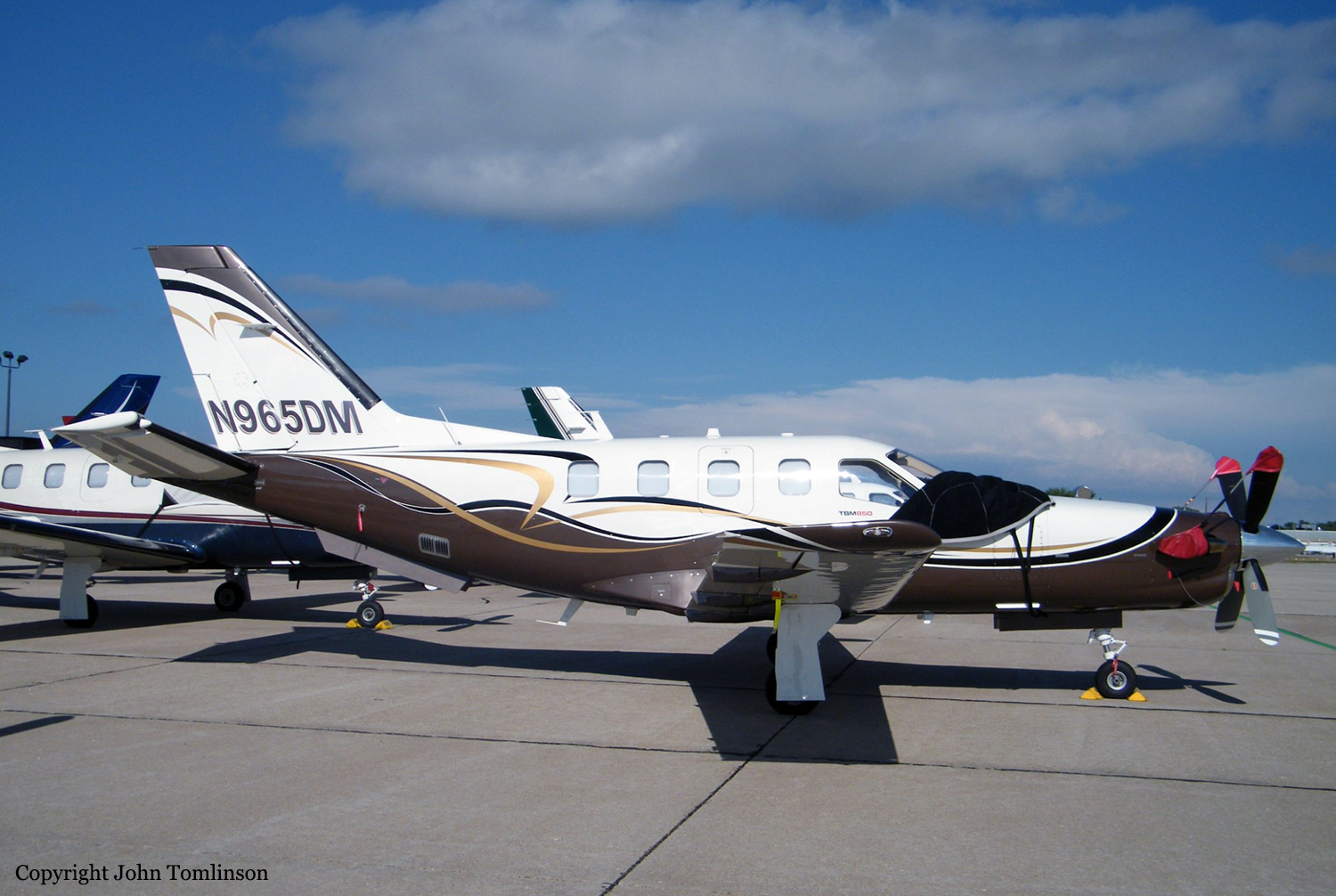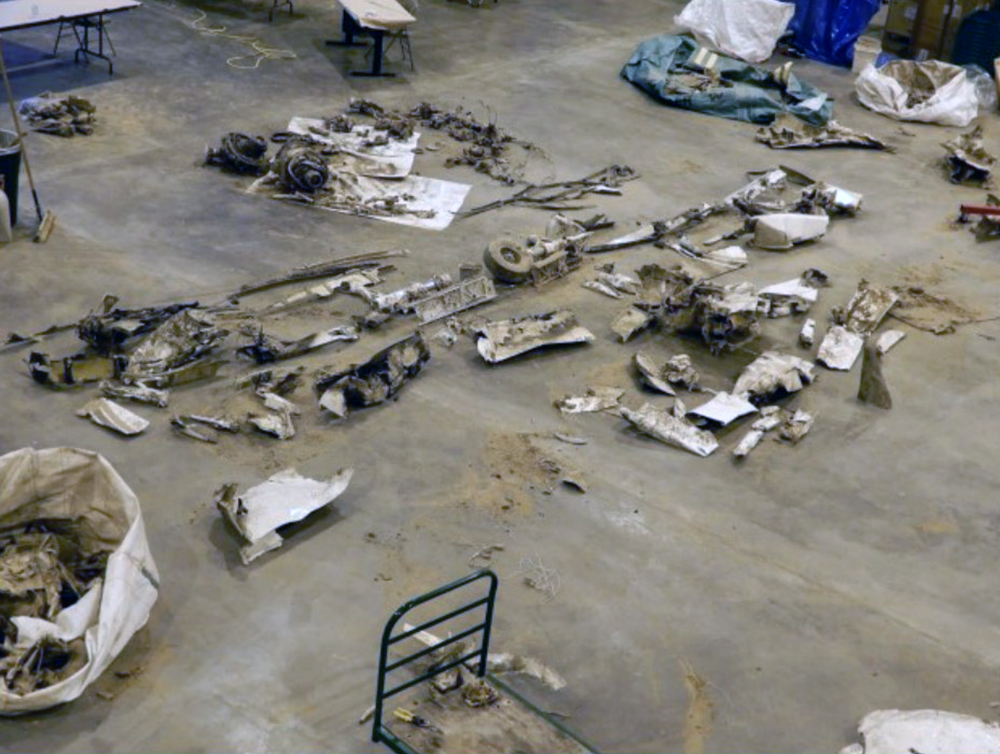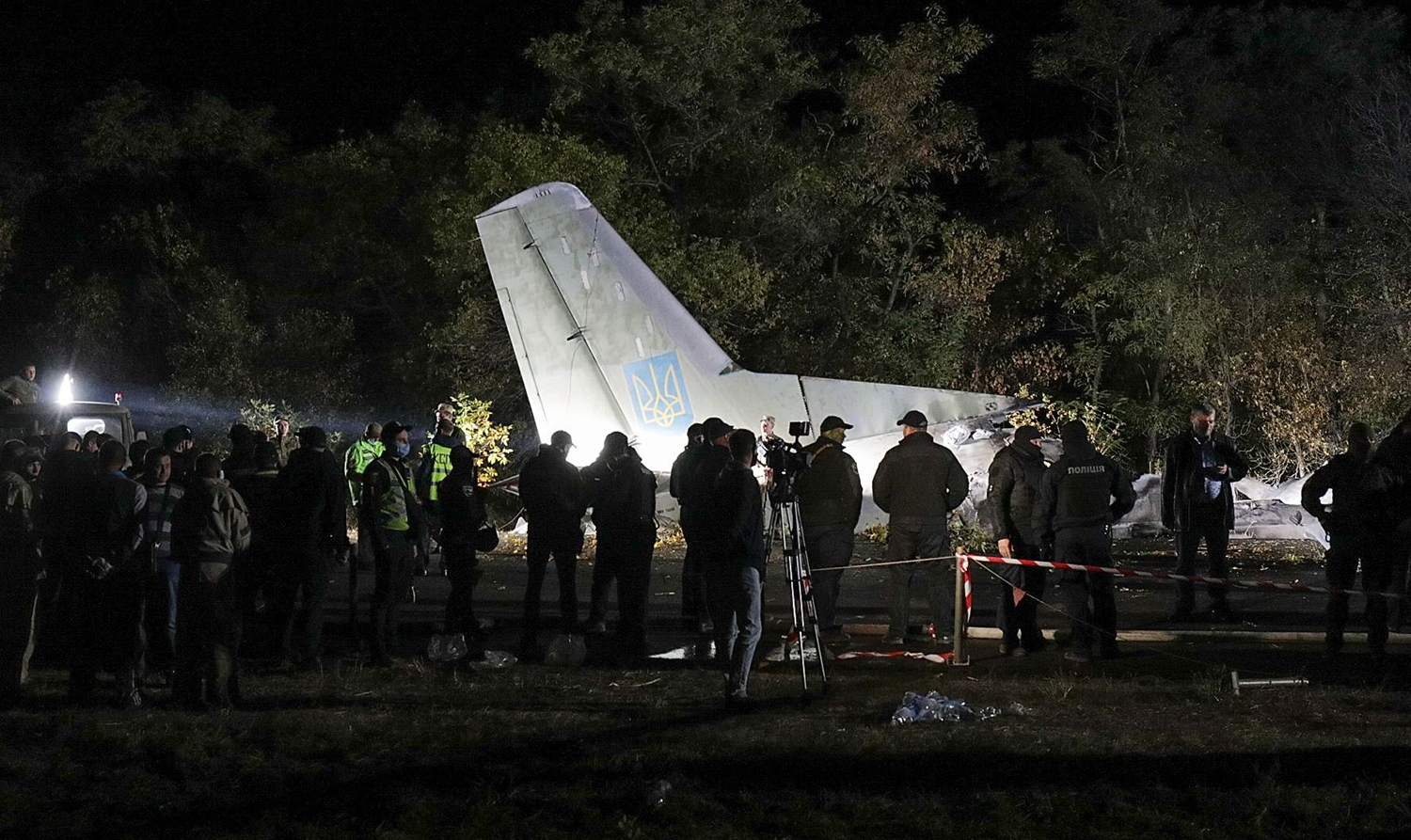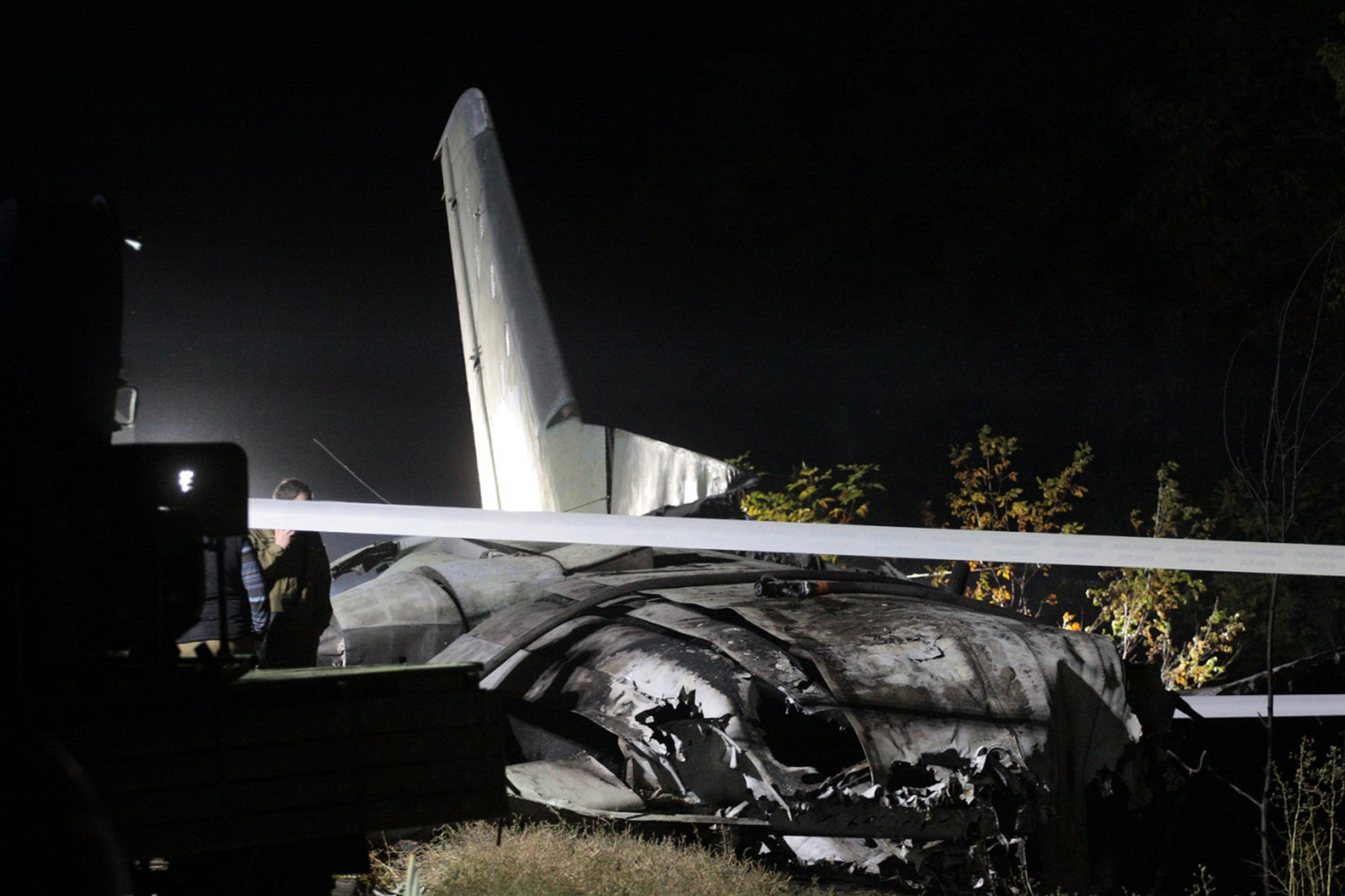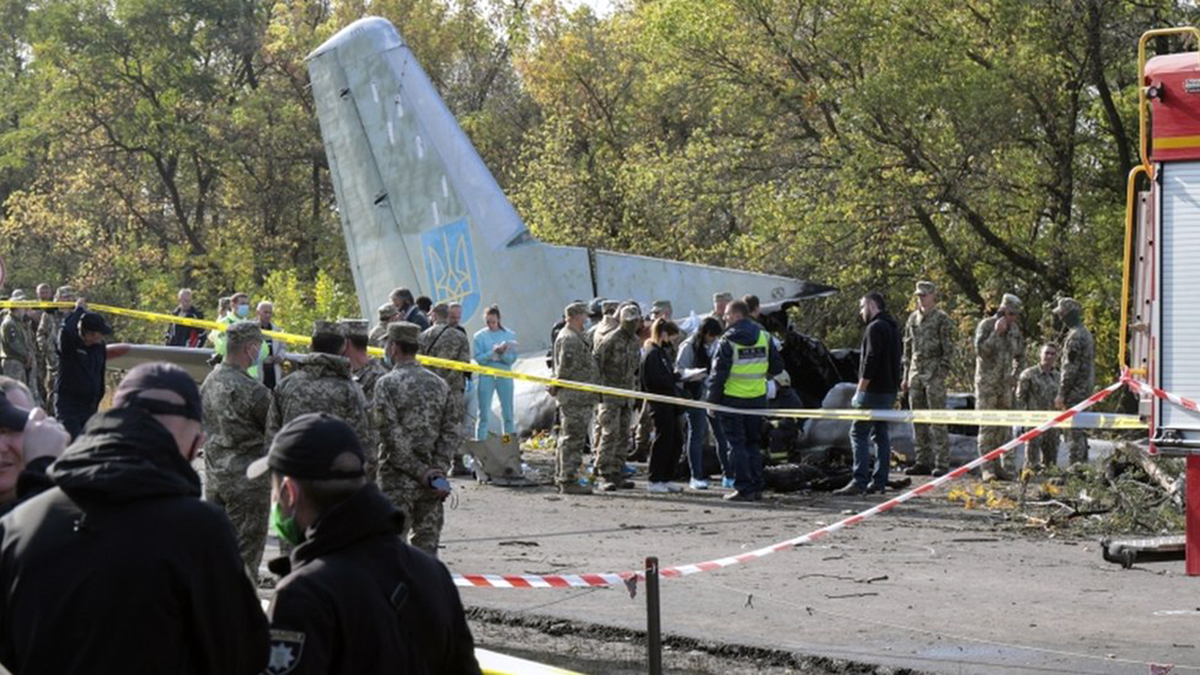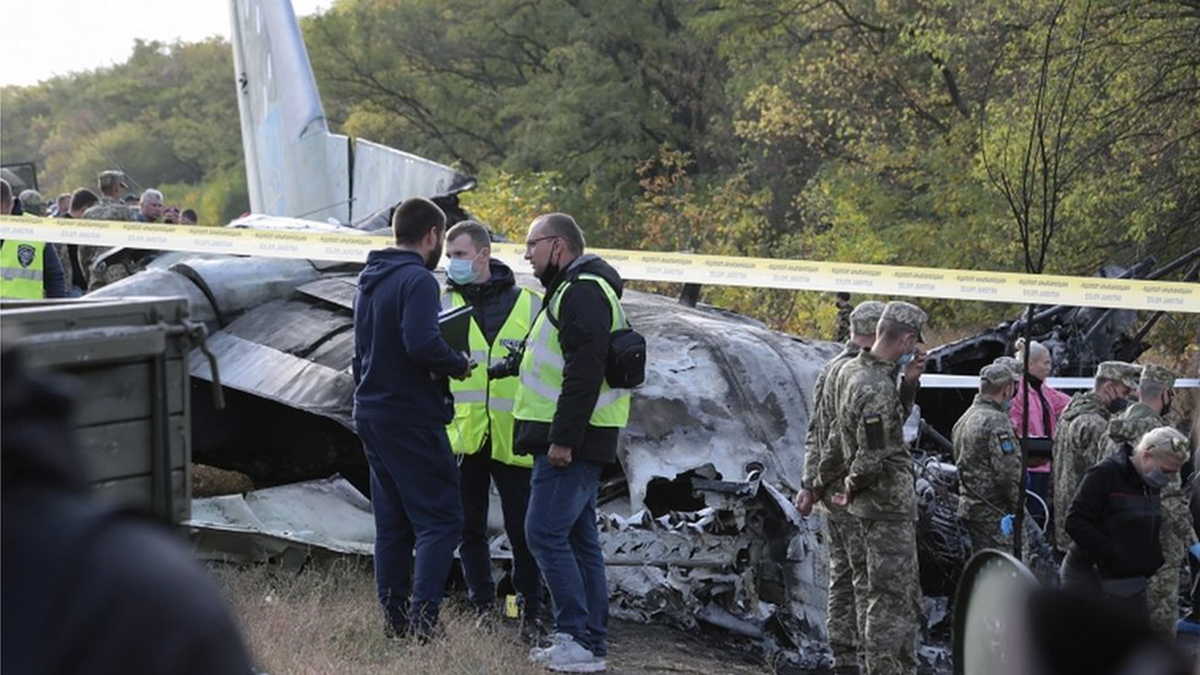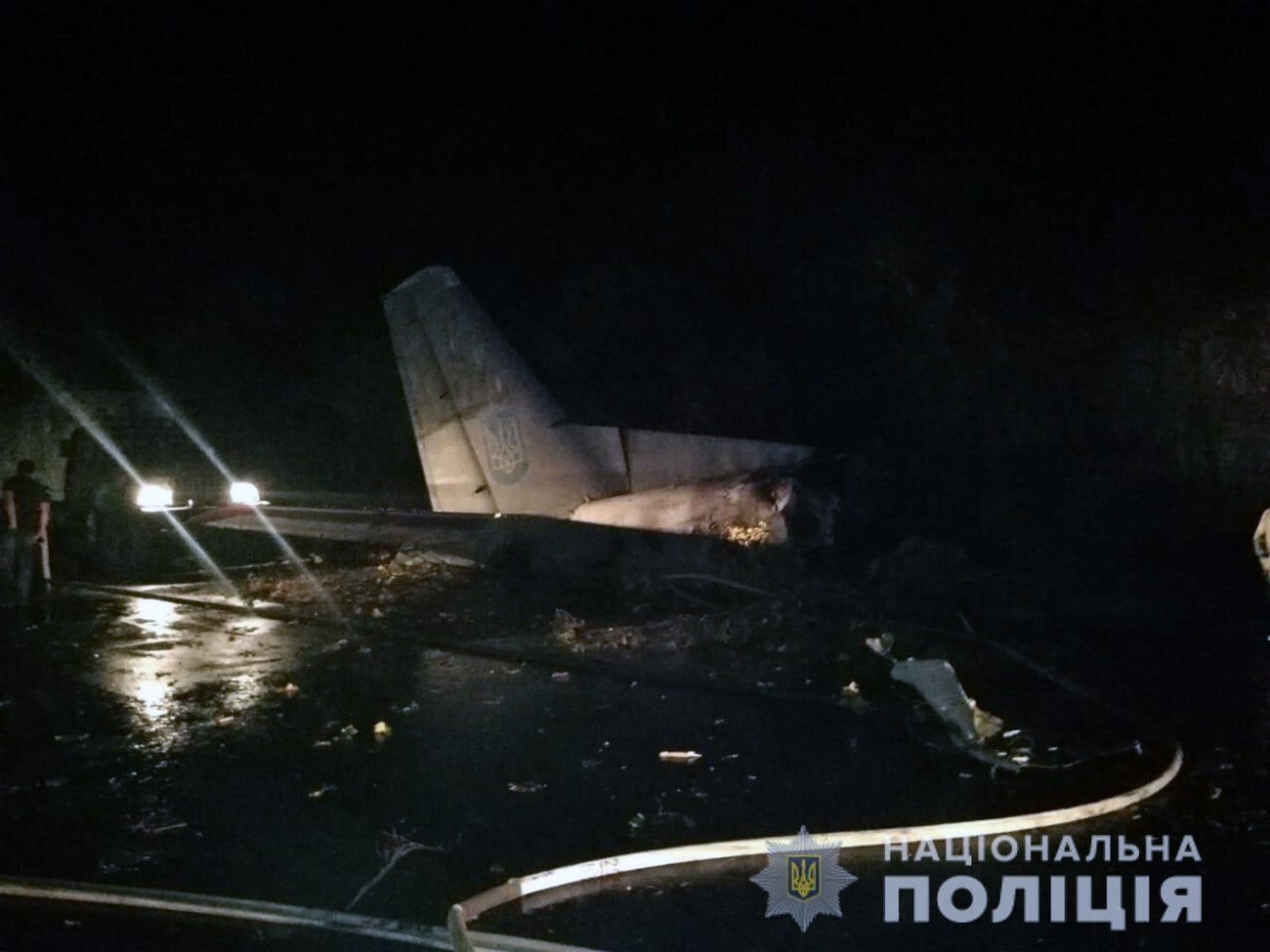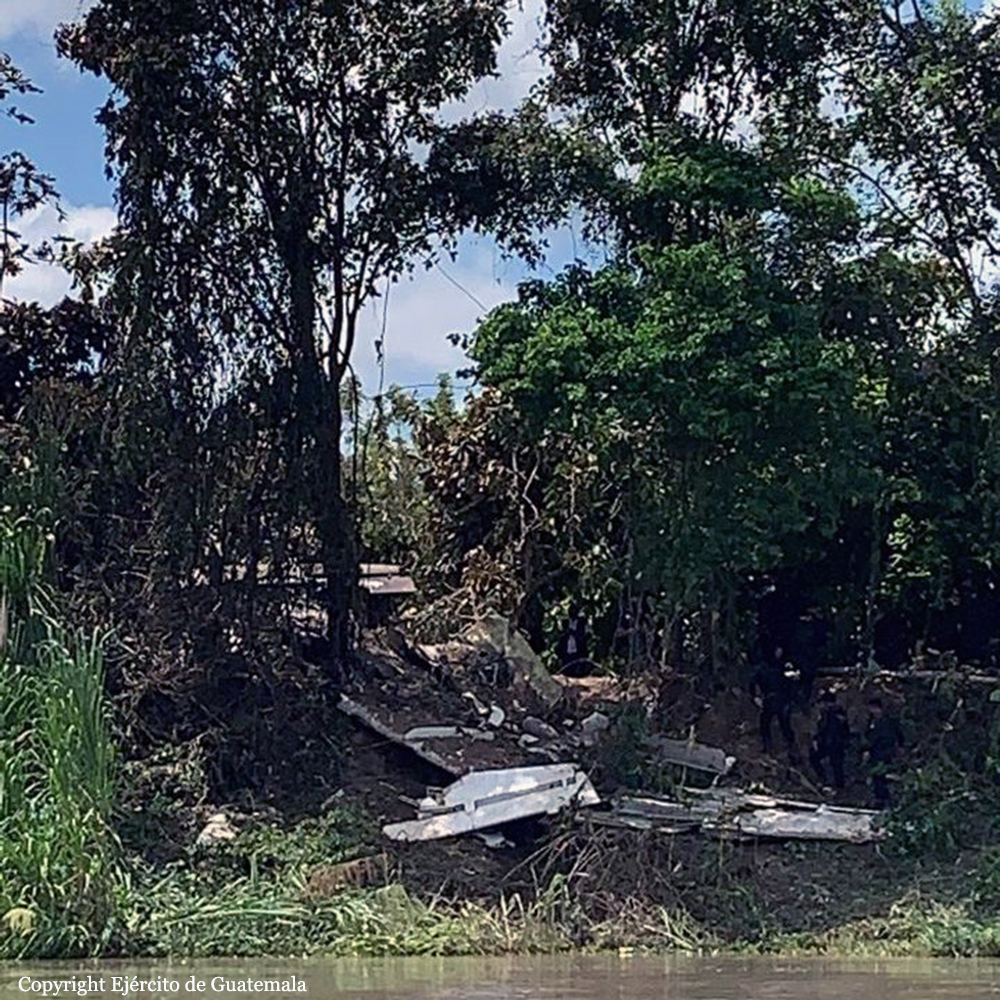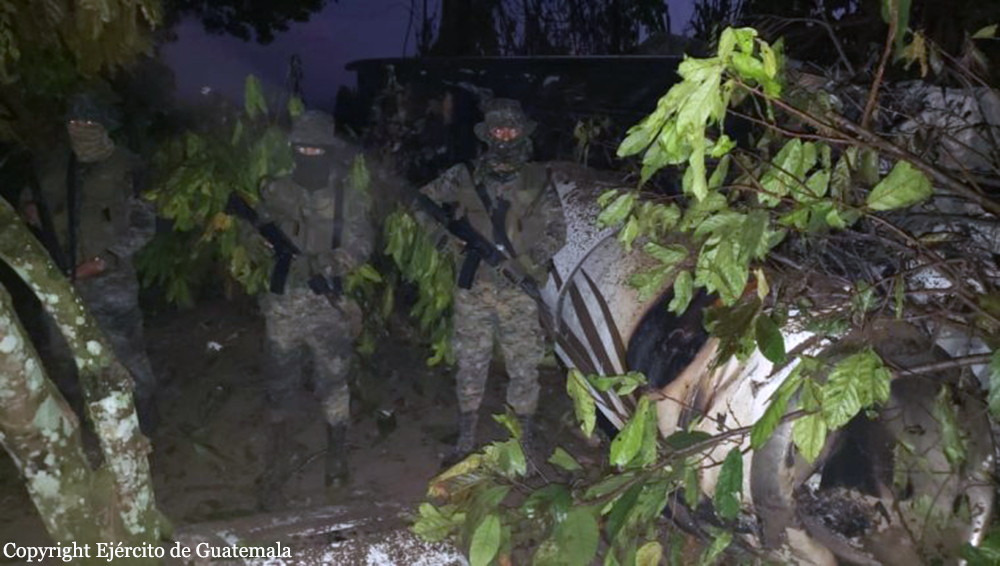Crash of a Boeing 737-529 in Garowe
Date & Time:
Dec 2, 2020 at 0925 LT
Registration:
EY-560
Survivors:
Yes
Schedule:
Djibouti – Hargeisa – Garowe – Mogadishu
MSN:
26538/2298
YOM:
1992
Flight number:
IV206
Crew on board:
8
Crew fatalities:
Pax on board:
31
Pax fatalities:
Other fatalities:
Total fatalities:
0
Captain / Total hours on type:
5170.00
Circumstances:
The airplane departed Djibouti on a regular schedule service to Mogadishu with intermediate stops in Hargeisa and Garowe. There were 31 passengers and 8 crew members on board. On short final approach to Garowe Airport Runway 06, the airplane lost height and impacted the ground just prior to the runway threshold (concrete), causing the right main gear to collapse. The airplane slid on the runway until it turned to the right and came to rest on the runway with the right engine cowling contacting the runway surface. All 39 occupants evacuated safely and the aircraft was damaged beyond repair.
Probable cause:
The factor contributing to the accident is weather condition. Windshear is considered as the major cause of the accident. The root cause of the accident is a loss of control of the aircraft caused by windshear.
Final Report:




